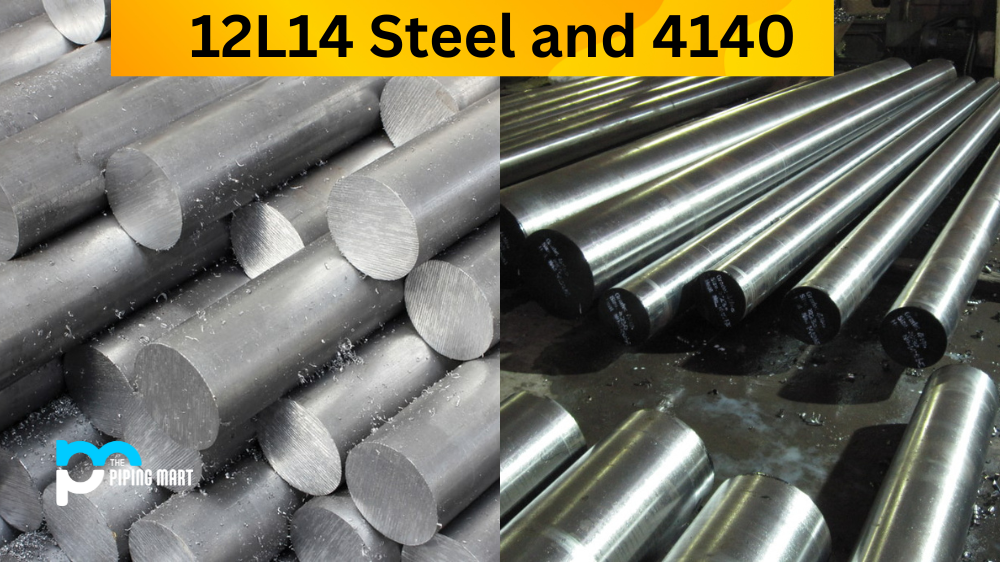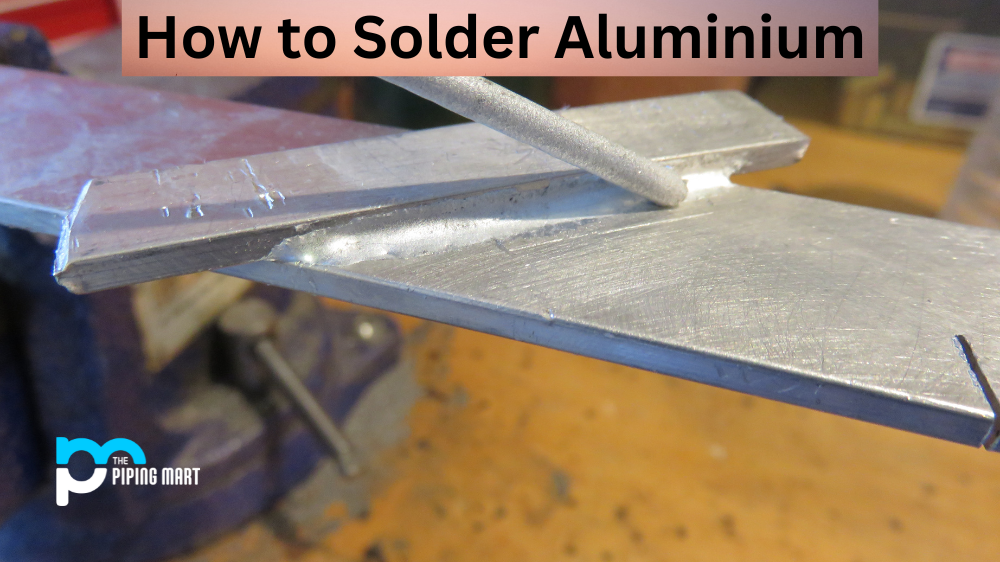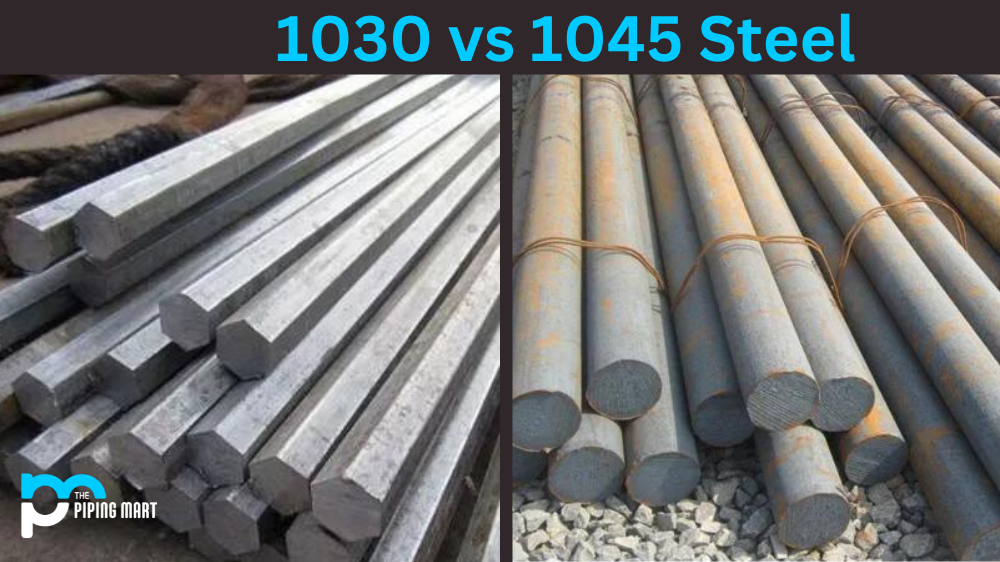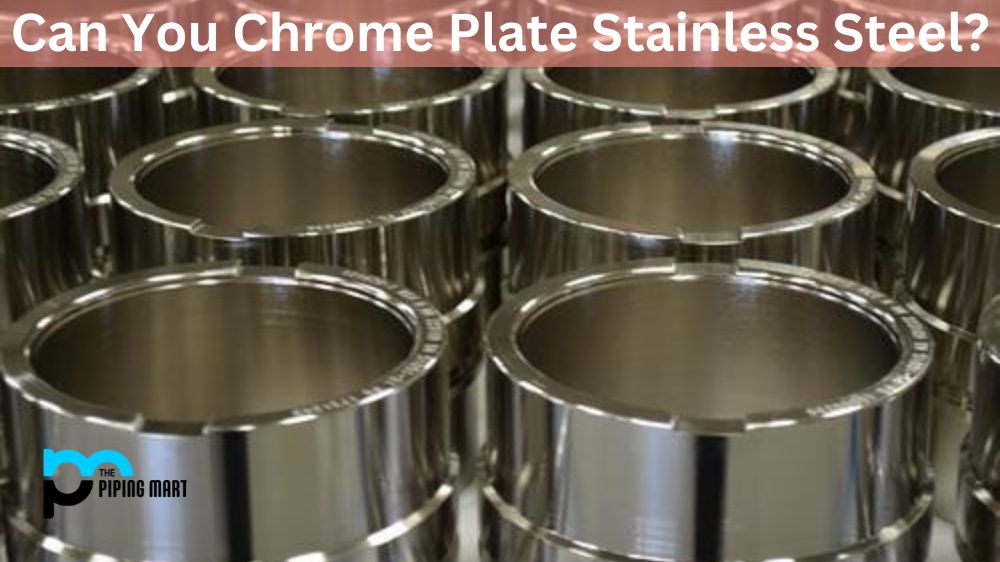Choosing the perfect Steel for your project can be daunting, especially when you have multiple options. Two popular choices in the industry are 12L14 Steel and 4140. While these materials may have similar features, they differ in several aspects that ultimately make or break your project. Whether you’re a seasoned worker or just starting, understanding these key differences can help you make the right decision.
Difference Between 12L14 Steel and 4140
Composition
12L14 Steel is a desulfurized, free-machining steel that comes in low-carbon content. It contains high levels of sulfur, which makes it easier to machine but also causes it to have poor weldability. On the other hand, 4140 steel is an alloy that comes in a wide range of steel categories. It has higher carbon and chromium content, making it more durable and resistant to wear and tear. Although 12L14 Steel is suitable for parts that require threading, drilling, and tapping, it is less useful for those that sustain high-stress levels.
Mechanical Properties
The mechanical properties of steel materials are significant when deciding which one to choose for your project. 12L14 Steel has a comparatively low tensile strength of 78 ksi (kilopounds-force per square inch) but comes with a high yield strength of up to 60 ksi. In contrast, 4140 steel has much higher tensile strength, ranging between 95 ksi to 120 ksi, making it perfect for parts subjected to high-stress levels. 12L14 Steel performs better in low-pressure situations with low shear and tensile forces.
Machinability
Machinability is the ease with which a material can be machined, and for most manufacturers, it’s a critical feature that affects productivity significantly. 12L14 Steel is highly machinable with low tool wear, which makes it a material of choice for driving screws, fittings, and other small components. However, it could be better for parts that require welding due to sulfur. 4140 steel is not as easy to machine as 12L14 but has a smoother surface finish resulting in fewer manufacturing defects.
Cost
The cost of the material is always a consideration when choosing Steel for your project. 12L14 Steel is relatively affordable but less strong than 4140, which comes at a higher price. Therefore, balancing material price and project requirements is essential to make an informed decision while keeping your budget in check.
Application
The choice between 12L14 Steel and 4140 depends on the application requirements. Applications that require high-stress applications, such as gears, bolts, and crankshafts, are better suited for 4140 steel. On the other hand, 12L14 Steel is an excellent choice for threaded rods, couplings, and bushings. For applications that don’t have demanding requirements, 12L14 Steel can be a cheaper alternative.
Conclusion
Choosing between 12L14 steel and 4140 steel depends on the project’s specific requirements, including strength, machinability, cost, and application. While 12L14 Steel is relatively low-priced and highly machinable, it could be better for high-stress applications. In contrast, 4140 steel has a higher cost but is significantly more robust, making it a perfect fit for heavy-duty applications. Whether you’re an experienced manufacturer or just getting started, understanding these fundamental differences in the two materials is crucial in making the appropriate choice that ensures your project’s success.
Meet Heer, a dynamic and driven writer learning tricks of her trade in the metal industry. With a background in Digital Marketing, Heer brings a unique perspective to her writing, sharing valuable insights. Apart from blogging she like reading and hiking.




